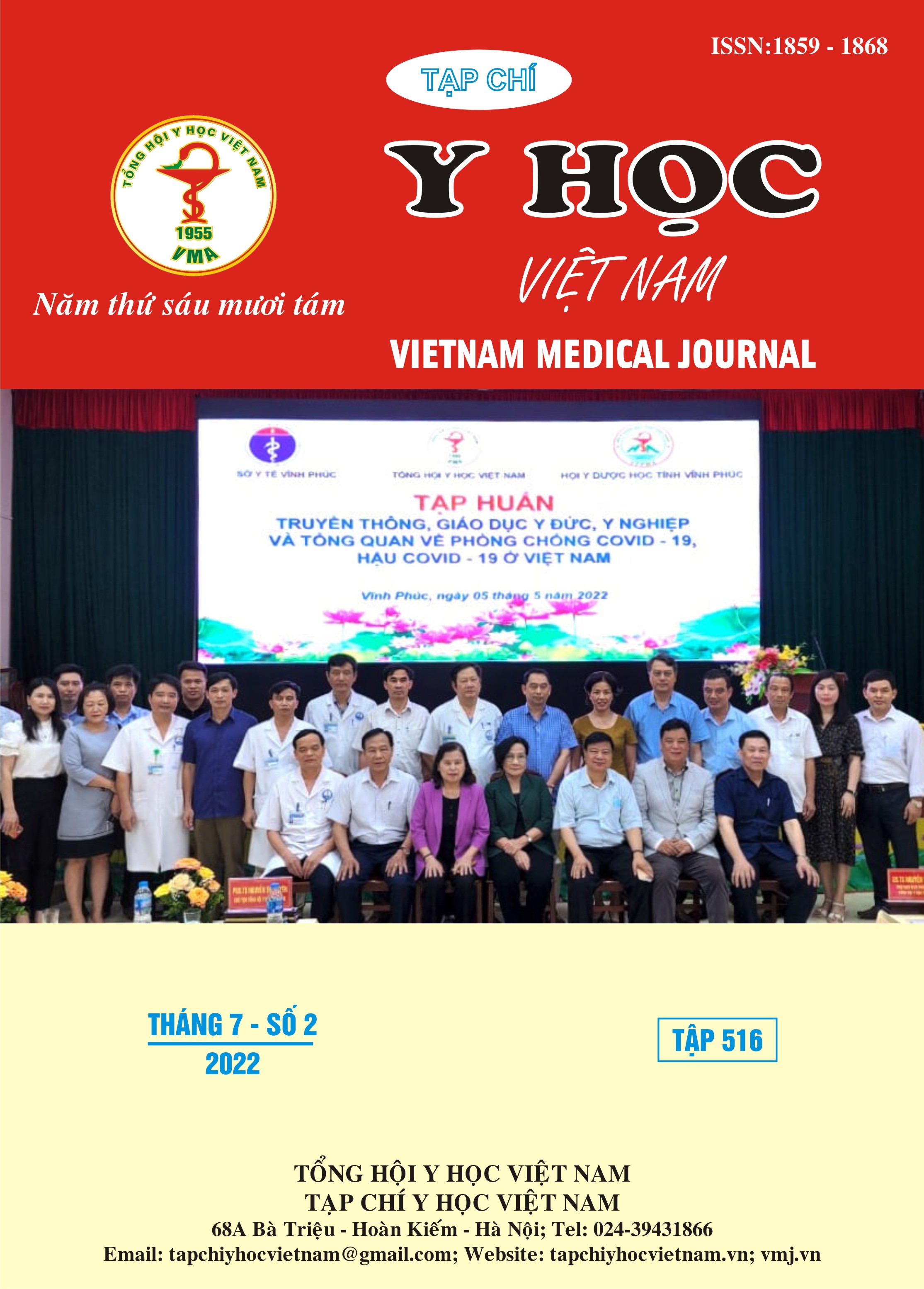BEHAVIOR OF USING FACE MASKS AMONG HEALTHCARE WORKERS AND RELATED FACTORS DURING THE COVID-19 PANDEMIC IN THE 2nd EPIDEMIC WAVE IN HO CHI MINH CITY, VIETNAM
Main Article Content
Abstract
A cross-sectional study to describe the use of face masks by medical staff during the second wave of epidemics at frontline hospitals in Ho Chi Minh City (HCMC) from June to October 2020 with a self-completed questionnaire. The results recorded that 204 health workers participated in the survey and the total rate was 99% of health workers using medical masks, and all health workers believed that using medical masks could help prevent COVID-19 infection. A few health workers have a subjective mentality about the risk of COVID-19 disease, although the percent of worrying about the consequences if infected is still high. The results also show that the leading cause of the barrier to wearing a mask is feeling short of breath and having itching and skin irritation when wearing a mask (accounting for about two-thirds). In addition, factors such as crowd psychology and hospital rules about wearing masks will help increase the awareness of mask-wearing compliance in hospitals.
Article Details
Keywords
face masks, COVID-19, frontline hospitals, medical staff
References
2. WHO. WHO Coronavirus (COVID-19) Dashboard. 2022 11/04/2022]; Available from: https://covid19.who.int/.
3. Bộ Y Tế. CỔNG THÔNG TIN CỦA BỘ Y TẾ VỀ ĐẠI DỊCH COVID-19. 2021 04/04/2022]; Available from: https://covid19.gov.vn/.
4. Centers for Disease Control and Prevention. Interim Guidance for the Use of Masks to Control Seasonal Influenza Virus Transmission. 2019 07/11/2021]; Available from: https://www.cdc.gov/flu/professionals/infectioncontrol/maskguidance.htm.
5. Chu, D.K., et al., Physical distancing, face masks, and eye protection to prevent person-to-person transmission of SARS-CoV-2 and COVID-19: a systematic review and meta-analysis. Lancet, 2020. 395(10242): p. 1973–1987.
6. Becker Mh Fau - Haefner, D.P., et al., Selected psychosocial models and correlates of individual health-related behaviors. Medical care, 1977. 15(5 SUPPL): p. 27–46.
7. Jones, P., et al., Global adoption of personal and social mitigation behaviors during COVID-19: The role of trust & confidence. PLoS One, 2021. 16(9): p. e0256159.
8. Szepietowski, J.C., et al., Face Mask-induced Itch: A Self-questionnaire Study of 2,315 Responders During the COVID-19 Pandemic. Acta Derm Venereol, 2020. 100(10): p. adv00152.
9. Techasatian, L., et al., The Effects of the Face Mask on the Skin Underneath: A Prospective Survey During the COVID-19 Pandemic. J Prim Care Community Health, 2020. 11: p. 2150132720966167.


